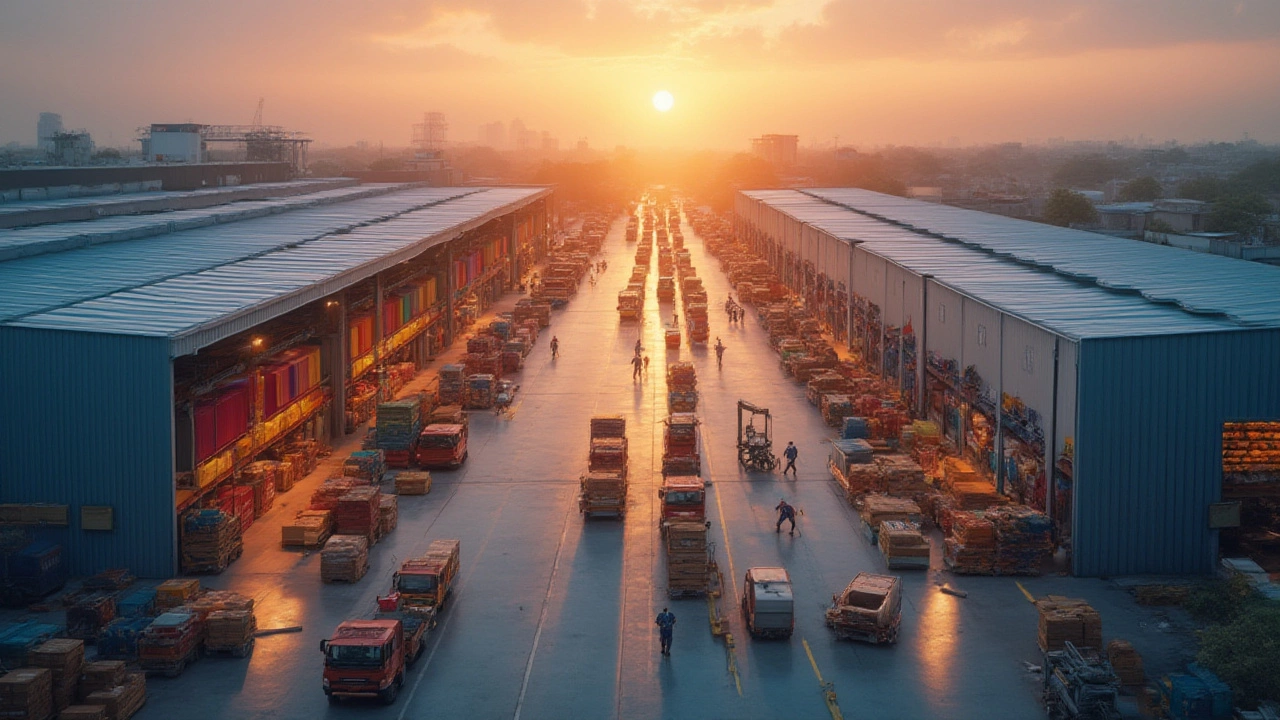Types of Warehouses Explained – Find the Right Fit for Your Business
If you’ve ever wondered why some warehouses look like giant parking lots while others are chilled chambers, you’re not alone. The truth is, warehouses come in many shapes and sizes, each built for a specific purpose. Picking the right one can save you time, money, and headaches. Below we break down the most common types and give you simple tips to choose the best fit.
Common Warehouse Categories
1. Distribution Center (DC) – Think of this as the hub where products arrive, get sorted, and head out to stores or customers. DCs focus on speed and accuracy, often using conveyor belts, barcode scanners, and cross‑docking to keep items moving.
2. Public Warehouse – These are shared spaces you rent by the pallet or square foot. Ideal for small businesses or seasonal spikes, you get the benefits of professional storage without the cost of owning a building.
3. Private Warehouse – Owned or leased exclusively by one company. It offers total control over layout, security, and processes but requires a bigger upfront investment.
4. Cold Storage – Temperature‑controlled rooms for perishable goods like food, pharma, or cosmetics. They range from simple chillers to deep‑freeze units, and the right temperature can be the difference between profit and loss.
5. Automated/Smart Warehouse – Powered by robotics, AI, and high‑tech software. Goods are stored in dense racks and retrieved by robotic shuttles, which cuts labor costs and boosts accuracy.
Choosing the Right Warehouse for Your Business
First, look at the nature of your product. Heavy, bulky items usually need a public or private warehouse with strong loading docks, while fragile or temperature‑sensitive goods point you toward cold storage or a climate‑controlled facility.
Second, consider your shipment volume. If you ship a few pallets a month, a pay‑as‑you‑go public warehouse is cheap and flexible. For high‑volume, fast‑turnover businesses, a dedicated distribution center or automated warehouse pays off in speed.
Third, factor in location. Proximity to major highways, ports, or your biggest customers reduces transit time and fuel costs. Many businesses choose a “network” approach – a central DC near a port and satellite public warehouses closer to retail outlets.
Finally, think about growth. A private warehouse gives you room to expand, but you can also start with a public space and move to a private one when your order volume justifies the expense.
Bottom line: there’s no one‑size‑fits‑all warehouse. Match the type to your product, volume, location needs, and growth plans, and you’ll keep your supply chain smooth and your costs in check.
